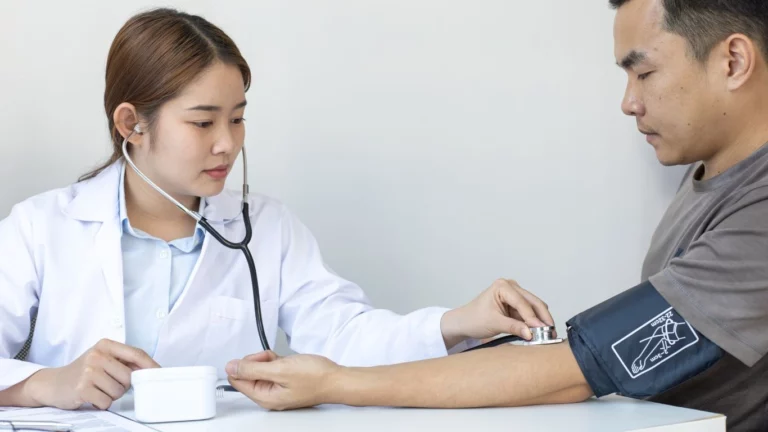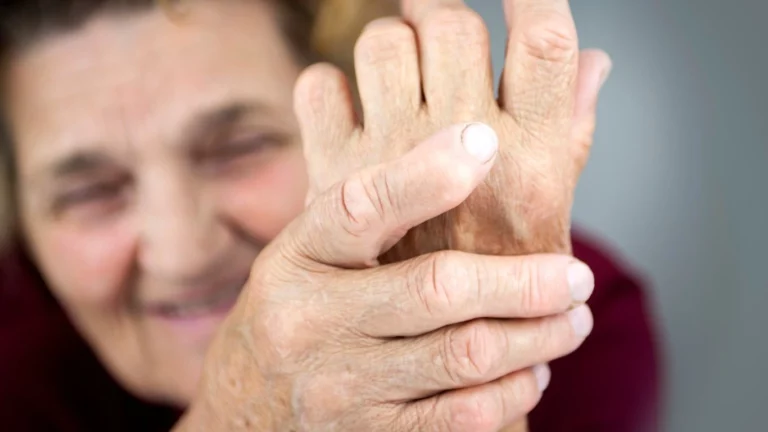Mental Exercises to Lower Blood Pressure – A Simple Guide
Struggling with high blood pressure? Mental exercises can play a huge role in lowering blood pressure naturally. In this guide, we dive deep into simple mental techniques you can try at home to reduce stress and help manage hypertension.
If you’re dealing with high blood pressure, you’re not alone. It’s a condition that affects millions of people worldwide. While medication is often prescribed, there are also mental exercises that can help manage hypertension. Believe it or not, your mind is a powerful tool when it comes to controlling your blood pressure.
In this article, we’ll explore several effective mental exercises that can help you lower your blood pressure, reduce stress, and boost your overall well-being.
Why Mental Exercises Can Lower Blood Pressure
Before diving into the exercises, let’s understand why mental techniques work so well for reducing blood pressure. High stress is a major contributor to hypertension. When you’re stressed, your body releases hormones like cortisol and adrenaline, which can cause your heart to beat faster and your blood vessels to constrict. This leads to an increase in blood pressure.
Mental exercises, on the other hand, focus on calming the mind, reducing stress, and promoting relaxation. When you practice these exercises, your body can counteract the effects of stress, helping to keep your blood pressure in check.

1. Deep Breathing Exercises
Deep breathing is one of the simplest yet most effective ways to lower your blood pressure. This technique activates your body’s relaxation response, helping to calm the nervous system and reduce the stress hormones that raise blood pressure.
How to do it:
- Sit in a comfortable position with your back straight and your shoulders relaxed.
- Inhale deeply through your nose for a count of four, letting your lungs fill completely.
- Hold your breath for a count of seven.
- Exhale slowly through your mouth for a count of eight.
- Repeat for 5-10 minutes.

Deep breathing helps slow your heart rate, relax your muscles, and lower stress levels, all of which contribute to lower blood pressure.
2. Mindfulness Meditation
Mindfulness meditation is another great technique for lowering blood pressure. It involves paying attention to the present moment without judgment, which can help reduce anxiety and stress. Mindfulness has been shown to lower heart rate and blood pressure over time.
How to do it:
- Find a quiet place where you won’t be disturbed.
- Sit comfortably with your eyes closed or gaze softly at a point in front of you.
- Focus on your breath. When your mind starts to wander (and it will), gently bring your attention back to your breath without judgment.
- Start with just 5 minutes per day, and gradually increase the time as you get more comfortable with the practice.

Mindfulness can help you feel more grounded and less reactive to stress, contributing to long-term blood pressure management.
3. Progressive Muscle Relaxation (PMR)
Progressive muscle relaxation is a technique where you systematically tense and then relax each muscle group in your body. It helps release physical tension, which can contribute to stress and high blood pressure.
How to do it:
- Find a quiet, comfortable space and close your eyes.
- Start by tensing the muscles in your feet for 5 seconds, then release the tension and focus on the relaxation.
- Work your way up the body, tensing and relaxing each muscle group: calves, thighs, abdomen, arms, and face.
- Breathe deeply while performing the exercise and take note of how your muscles feel as they relax.

This practice can help release physical tension that contributes to high blood pressure, promoting relaxation.
4. Guided Visualization
Guided visualization is a mental exercise that involves imagining a peaceful and calming scene. This technique can trigger a relaxation response, lowering blood pressure and reducing stress.
How to do it:
- Find a quiet space where you won’t be disturbed.
- Close your eyes and take a few deep breaths to settle in.
- Imagine a peaceful scene—a beach, a forest, or a mountaintop. Picture yourself fully immersed in the environment, noticing the sounds, smells, and feelings associated with the place.
- Spend 10-15 minutes visualizing this peaceful scene while focusing on your breath.
Visualization helps shift your mind away from stressful thoughts and can promote a sense of calm, lowering your blood pressure.
Conclusion
Mental exercises are a powerful way to help lower blood pressure naturally. Whether it’s through deep breathing, mindfulness meditation, or simply practicing gratitude, taking care of your mental health can have a significant impact on your physical health.
Incorporating these exercises into your daily routine can help you manage stress, relax your body, and keep your blood pressure at healthy levels.
Appendices
FAQs
- How long does it take to see results from mental exercises? It varies from person to person, but most people start feeling the effects within a few days to weeks. Consistency is key!
- Can I do these exercises if I’m already on blood pressure medication? Yes, these exercises can complement your medication. However, always consult with your doctor before making changes to your health routine.
- What’s the best time of day to practice these mental exercises? Morning or evening works best for many people, but the key is to make it a regular part of your day.
- Do I need to practice all of these exercises? No, you can start with just one or two exercises and gradually add more as you feel comfortable. Find what works best for you.
- Can these exercises replace medication? Mental exercises are an excellent complement to medication, but they should not replace prescribed treatments without a doctor’s approval.
References
- American Heart Association. (2023). How to Lower Blood Pressure. Read Article
- Harvard Health Publishing. (2024). The Power of Meditation for Lowering Blood Pressure. Read Article
- Mayo Clinic. (2023). Managing Stress to Lower Blood Pressure. Read Article
Disclaimer
The information provided in this article is for educational purposes only and should not be used as a substitute for professional medical advice. Always consult with your healthcare provider before starting any new exercise routine or making changes to your health regimen.

Dr. Gwenna Aazee is a board-certified Internal Medicine Physician with a special focus on hypertension management, chronic disease prevention, and patient education. With years of experience in both clinical practice and medical writing, she’s passionate about turning evidence-based medicine into accessible, actionable advice. Through her work at Healthusias.com, Dr. Aazee empowers readers to take charge of their health with confidence and clarity. Off the clock, she enjoys deep dives into nutrition research, long walks with her rescue pup, and simplifying medical jargon one article at a time.





